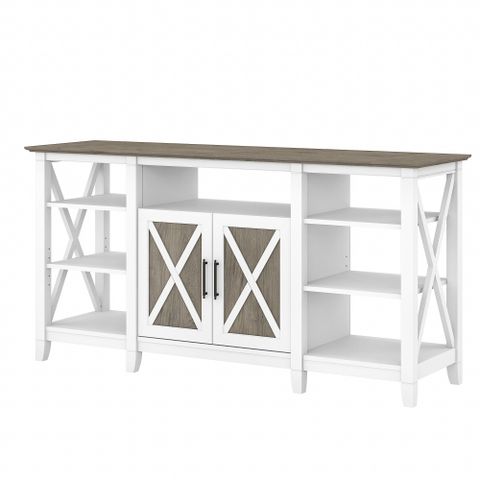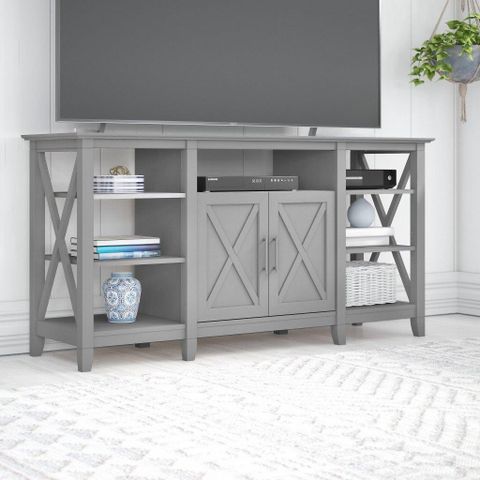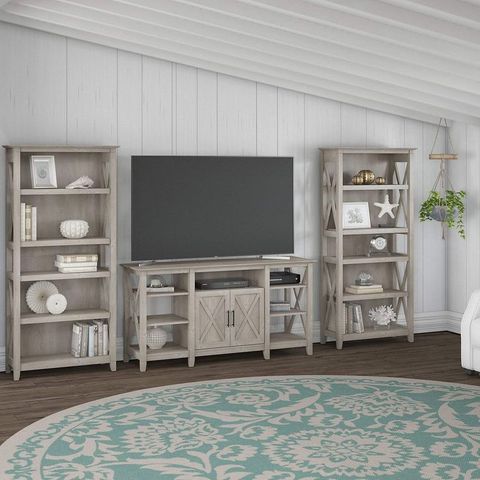Every piece of reclaimed pine furniture tells a story. Not just about the wood itself, but about the lives it’s lived before finding its way to your home. This isn’t just about recycling—it’s about preservation, craftsmanship, and creating something that carries the soul of the past.
When you look at reclaimed pine furniture, you’re seeing more than just wood. You’re witnessing decades of weathered beauty, stories of hard work, and the careful attention of skilled craftspeople who breathe new life into forgotten materials. What many people don’t realize is that creating quality reclaimed pine furniture requires an entirely different set of skills than working with fresh lumber. It’s like being a detective, archaeologist, and artist all rolled into one. The journey from old barn to beautiful dining table involves layers of complexity that make each piece truly unique.
The Foundation of Reclaimed Pine
Reclaimed pine comes from sources like old barns, factories, and historic buildings that have been demolished or renovated. The wood used in these structures was often harvested in the late 1800s through early 1900s, when trees were typically cut down at maturity. This means the pine has had time to develop rich grain patterns and natural character that simply can’t be replicated today. The wood has been exposed to elements for decades, giving it a unique patina that adds depth and visual interest. The grain patterns tell stories of growth conditions, seasonal changes, and the natural aging process. Some pieces even retain original nail holes, screw marks, or tool cuts that add authenticity and character to the final product. Working with this material means understanding how to work with the wood’s natural characteristics rather than against them.
The Inspection Process: Finding the Best Materials
Before any woodworking begins, craftsmen must carefully inspect every piece of reclaimed material. This process can take hours or even days. They look for structural integrity, checking for rot, insect damage, or warping that might compromise the final piece. Sometimes, they find beautiful boards that are too warped to use for certain projects, but perfect for others. The inspection phase is where experience really pays off. An experienced craftsman knows how to spot wood that will hold up under stress versus wood that might fail over time. They learn to recognize the difference between wood that’s simply aged and wood that’s actually deteriorated. This careful evaluation determines not just what can be used, but how it should be used. Some pieces might be best for accent walls, while others are perfect for table tops. The inspection process is where the magic begins, and where the true craftsmanship shows itself.
Safety First: Dealing with Potential Hazards
Working with reclaimed materials brings unique safety challenges that aren’t present with new lumber. Older structures may contain lead paint, asbestos, or other harmful substances that require special handling. Many craftsmen now use specialized testing equipment to ensure their materials are safe. The wood itself might carry traces of chemicals from old treatments or preservatives. Dust control becomes critical during cutting and sanding operations. Some reclaimed pieces have embedded nails, bolts, or other metal objects that can cause serious injury if not properly identified and removed. Safety protocols are more rigorous than with standard woodworking. Craftsmen often wear protective gear including respirators, eye protection, and gloves. The process of cleaning and preparing reclaimed wood takes much longer than typical prep work. These precautions are essential not just for the craftsman’s health, but for ensuring the end product is safe for families to use in their homes.
Structural Engineering: Making Old Wood Work New
One of the most challenging aspects of reclaimed pine furniture is making it structurally sound. Old wood often doesn’t meet modern building standards, especially when it comes to load-bearing capacity. Craftsmen must understand how to reinforce pieces without losing their historical character. They might add hidden support brackets, use stronger joinery methods, or combine reclaimed wood with modern materials. The grain direction of reclaimed wood can be unpredictable, requiring careful planning to avoid weak spots. Some pieces need additional bracing to handle the weight of modern furniture use. The challenge lies in maintaining the aesthetic appeal of reclaimed materials while ensuring they can withstand daily use. This often means learning new techniques and sometimes developing custom solutions for each project. The engineering aspect of reclaimed furniture is where traditional craftsmanship meets modern needs.
Joinery Techniques That Honor History
Traditional joinery methods come alive when working with reclaimed pine. Many older pieces were constructed using mortise and tenon joints, dovetails, or other time-tested methods that don’t rely on modern adhesives or fasteners. These techniques require exceptional skill and precision. The craftsmen must adapt these methods to work with irregularities in reclaimed wood. Sometimes they need to modify traditional joints to accommodate the natural curves and variations in the wood. The process of matching old joinery styles with modern functionality creates fascinating challenges. Some craftspeople even recreate the exact joinery patterns found in original pieces to maintain authenticity. These methods often take longer than modern techniques, but the results are worth the extra effort. The handcrafted nature of these joints gives each piece a personality that mass-produced furniture simply cannot match.
Finishing Touches: Bringing Out the Natural Beauty
The finishing process for reclaimed pine furniture is where the true artistry emerges. Unlike new lumber that requires heavy staining or coating, reclaimed wood often showcases its natural beauty with minimal intervention. The key is understanding how to enhance rather than mask the wood’s character. Some pieces benefit from a light oil finish that preserves the natural texture and color variation. Others might need more extensive restoration to remove old finishes or repairs. The sanding process alone can take days for a single piece, as craftsmen work to reveal the wood’s natural grain patterns. Many artisans prefer to use natural waxes and oils rather than synthetic finishes. This approach respects the wood’s history while providing protection for modern use. The final result is a piece that feels lived-in and authentic, rather than manufactured and sterile.
Reclaimed pine furniture represents a beautiful intersection of preservation and innovation. It’s not just about reusing materials—it’s about honoring the craftsmanship of previous generations while meeting modern needs. Every piece tells a story that extends far beyond its current purpose. The skill required to transform weathered barn wood into stunning functional furniture demonstrates the true artistry of woodworking. When you purchase reclaimed pine furniture, you’re not just buying a piece of furniture—you’re investing in a legacy. The time, care, and expertise that goes into each creation makes these pieces more valuable than simple materials. They represent a sustainable approach to design that respects both our environment and our history. In a world of mass production, reclaimed pine furniture reminds us of the importance of craftsmanship, patience, and respect for materials that have already served their original purpose.














